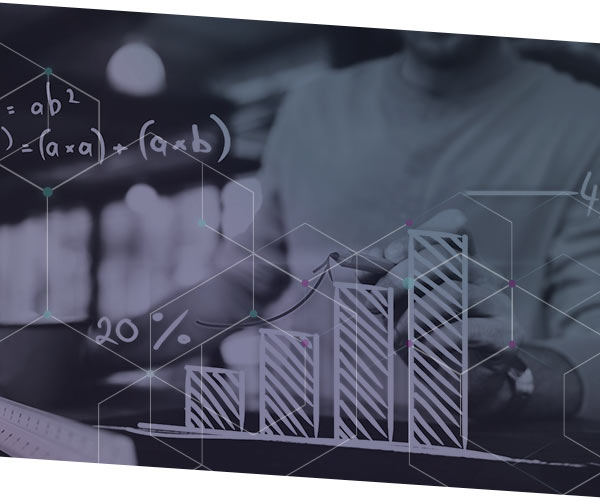
Customer Experience Maturity Monitor
B360º view of the customer’s satisfaction and experience in every “touch point” within the “Customer Journey Map”
Inspiration
A program to manage the customer experience starts by analyzing the value proposition of the product or service and how this offer turns into consumable attributes in each of the touch points throughout the customer journey map.
Every attribute of the value proposition has a different weight and a different influence across the journey, which is why we have to classify the attributes into those that are indispensable and those that are barely visible to the consumer.
The game theory is a first-hand resource to select and classify those attributes that best leverage the user experience.
Key questions to answer
![]() How is the optimal journey described and what stations does it include?
How is the optimal journey described and what stations does it include?
![]() What is the attribute segmentation of the value proposition (desirable, expected, indispensable attributes) like?
What is the attribute segmentation of the value proposition (desirable, expected, indispensable attributes) like?
![]() How are the value proposition’s attributes perceived across the journey?
How are the value proposition’s attributes perceived across the journey?
![]() What are the experience settings that have to be carried out to design new behaviors in the audience?
What are the experience settings that have to be carried out to design new behaviors in the audience?


Key deliverables
![]() Design of customer journey map.
Design of customer journey map.
![]() Analysis of value proposition and impact of each and every one of its attributes on customer experience.
Analysis of value proposition and impact of each and every one of its attributes on customer experience.
![]() User satisfaction and experience map.
User satisfaction and experience map.
![]() Behavior adjustment plan to ensure the user has a memorable and meaningful experience with the brand.
Behavior adjustment plan to ensure the user has a memorable and meaningful experience with the brand.
Benefits Customer Experience Maturity Monitor
A scientific ecosystem
Having a holistic vision of your project based on user satisfaction and experience analysis.
![]()
Customer Journey Map
Methodology formulated based on the organic interaction of users with every touch point placed across the experience map the brand gives them.
![]()
Natural language processing
Use of breakthroughs in artificial intelligence to take the comments from individuals and turn them into an audible, interpretable and usable voice in the strategy.
![]()
Kano Model
Obtaining those product or service attributes within the Customer Journey Map that are responsible for generating expectation, surprise or a perception of efficiency in the consumer.
![]()
Behavioral economics
Use of scientific advances in psychology and economics to structure projects aimed at improving the user experience through changes in behavior, not necessarily changes in the processes.
![]()
Data science
Use of structural equation models that incorporate the best learnings from the Swedish satisfaction barometer, the Norwegian and US consumer satisfaction index and the Hong Kong index to efficiently analyze the customer experience.
![]()
Technical inference
Algorithms to impute the results of interviews in the entire customer database through high-performance predictive modeling to administer totality.
Regional coverage in Latin America, exporting services to the United States and Europe from our offices in Colombia and Mexico.
BOGOTÁ, COLOMBIA.
Carrera 13 No. 83 – 19,
Tel: +57 601 638 6904
gabriel.contreras@sinnetic.com
![]() WhatsApp message
WhatsApp message
CIUDAD DE MÉXICO, MÉXICO.
Blvd. Manuel Ávila Camacho 182,
Piso 6, Colonia Reforma Social.
Tel: +52 5564212121
![]() WhatsApp message
WhatsApp message
HOW CAN WE HELP YOU?
Contact us and we will find the best
solution for your company.

